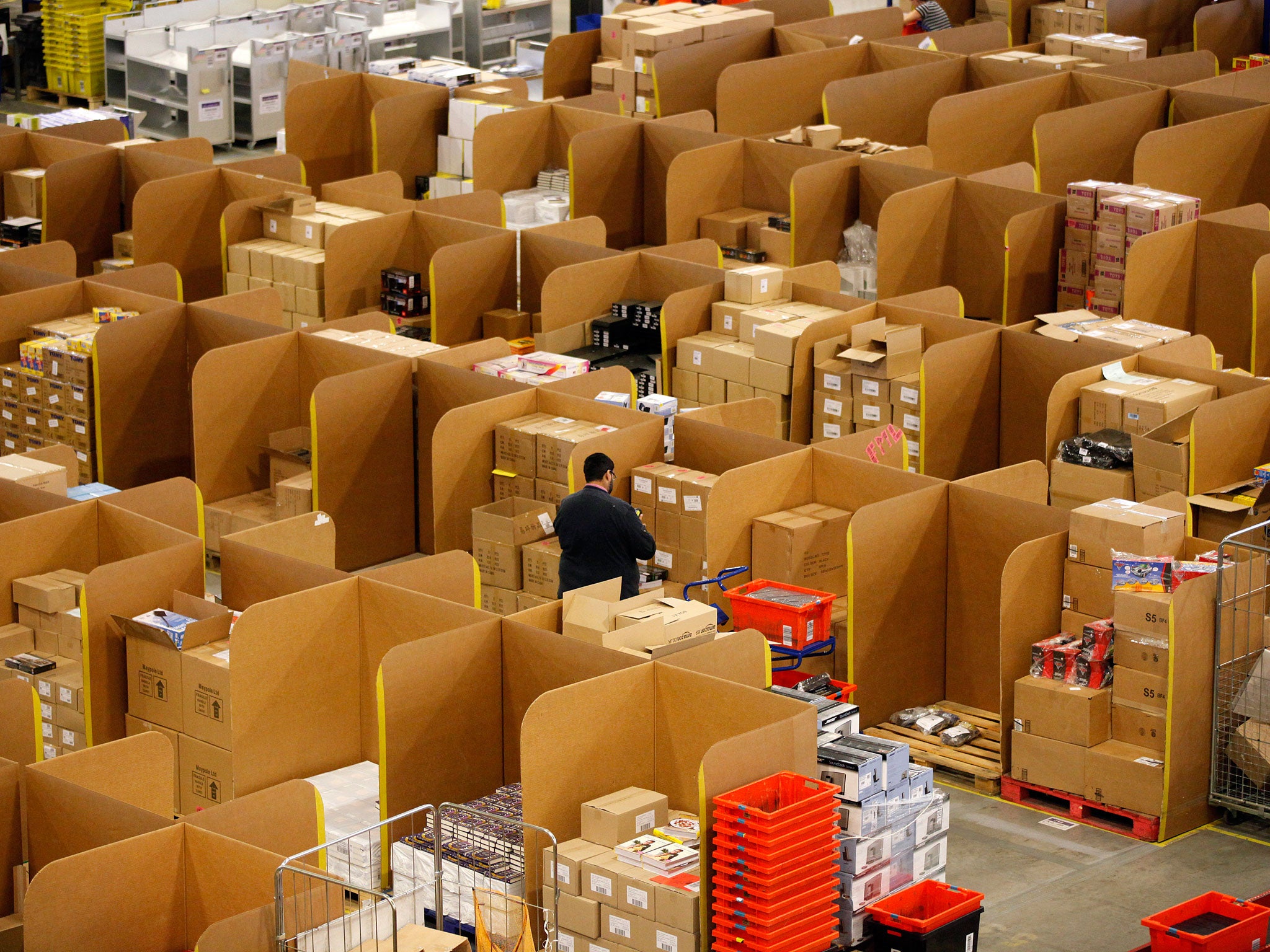Amazon robot competition won by shelf stacking AI that could one day be used in warehouses
The latest winner of Amazon's annual robotics competition is a robot arm that uses deep learning AI to stock shelves

Your support helps us to tell the story
From reproductive rights to climate change to Big Tech, The Independent is on the ground when the story is developing. Whether it's investigating the financials of Elon Musk's pro-Trump PAC or producing our latest documentary, 'The A Word', which shines a light on the American women fighting for reproductive rights, we know how important it is to parse out the facts from the messaging.
At such a critical moment in US history, we need reporters on the ground. Your donation allows us to keep sending journalists to speak to both sides of the story.
The Independent is trusted by Americans across the entire political spectrum. And unlike many other quality news outlets, we choose not to lock Americans out of our reporting and analysis with paywalls. We believe quality journalism should be available to everyone, paid for by those who can afford it.
Your support makes all the difference.The Amazon robotic Picking Challenge is a now annual competition that searches for robots that could one day work in the company’s vast warehouses and its second champion has been announced.
This year’s winner was a joint effort, created by TU Delft Robotics Institute from the Netherlands and the company Delft Robotics. The team’s robotic arm used a combination of a suction cup, a gripper, a depth-sensing camera, and deep learning artificial intelligence to pick and stow items from a mock Amazon warehouse shelf with greater speed and accuracy than the 15 other entries in the competition. TU Delft’s creation’s greatest asset was its adaptive deep learning which allowed it to scan the different shapes and sizes of the objects it was picking up and adjust how it manipulated them accordingly.
The robot was able to pick items from the shelf with a speed of over 100 items per hour which is an impressive three times faster than last year’s winner, even though Amazon had made the challenges much tougher “with denser bins, occluded items, and products that are more difficult to see and grasp.”
That said, though TU Delft’s robot arm significantly improved on the performances of last year’s competitors it still has nothing on human workers who can typically manage to pick over 400 items per hour without anywhere near the same failure rate.
The competition is essentially Amazon's Next Top Robot, but Amazon stresses that it has no intention to completely replace its human workers with robots, telling TechRepublic “Robotics enhances the job for employees but does not replace them.” Amazon also pointed out that since it bought Kiva robotics in 2014 and started using Kiva robots in its worldwide fulfilment centres, the number of human employees in these warehouses has only continued to grow: ”the data shows that the more robots we put into our FCs, the more jobs we create.”
The Kiva robots that Amazon currently uses don’t actually have any dexterity and are instead used to move and lift items. Amazon hopes that this annual competition will encourage innovation and result in robot workers capable of more complex actions to further augment the human workforce.
Join our commenting forum
Join thought-provoking conversations, follow other Independent readers and see their replies
Comments